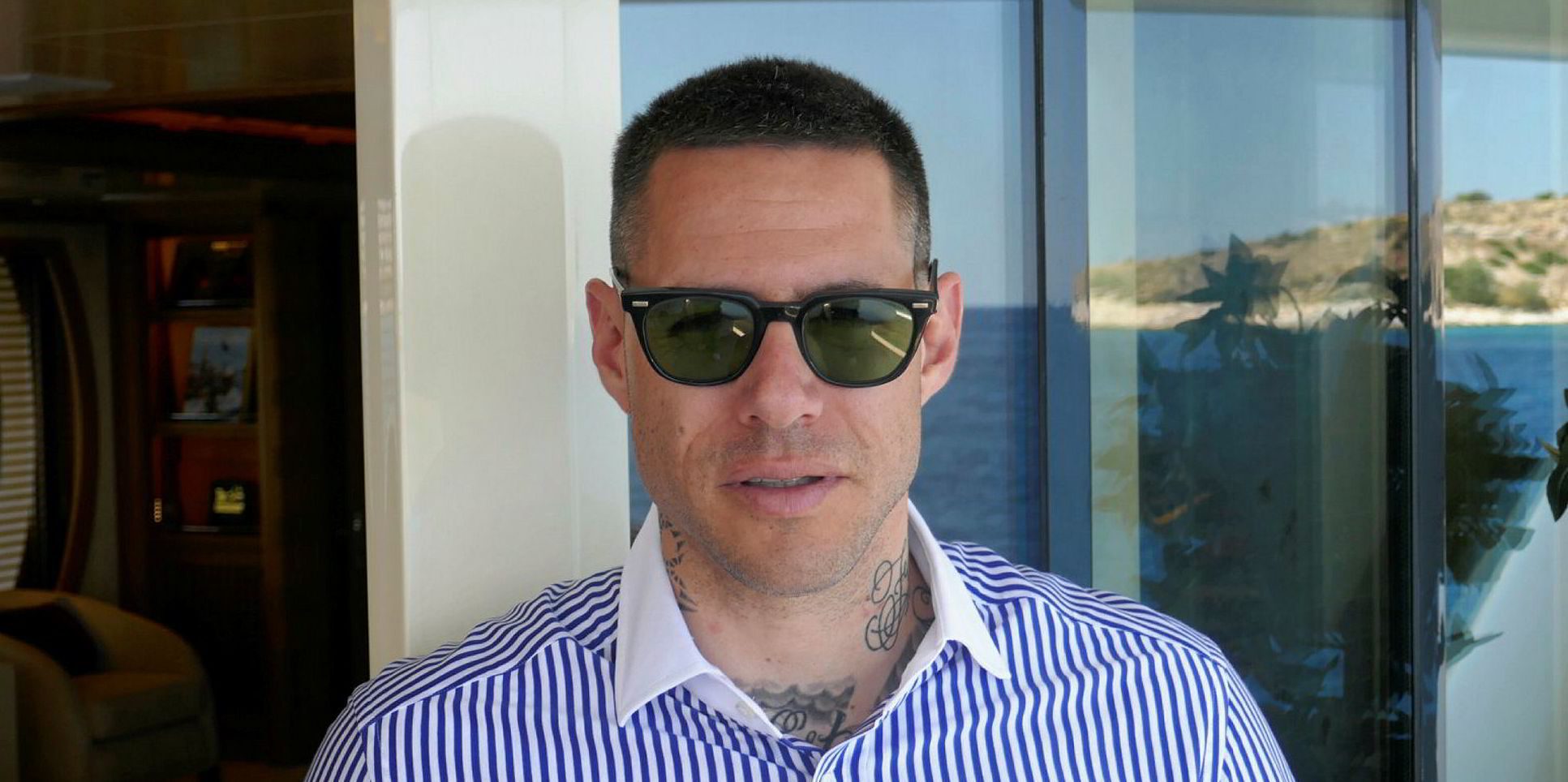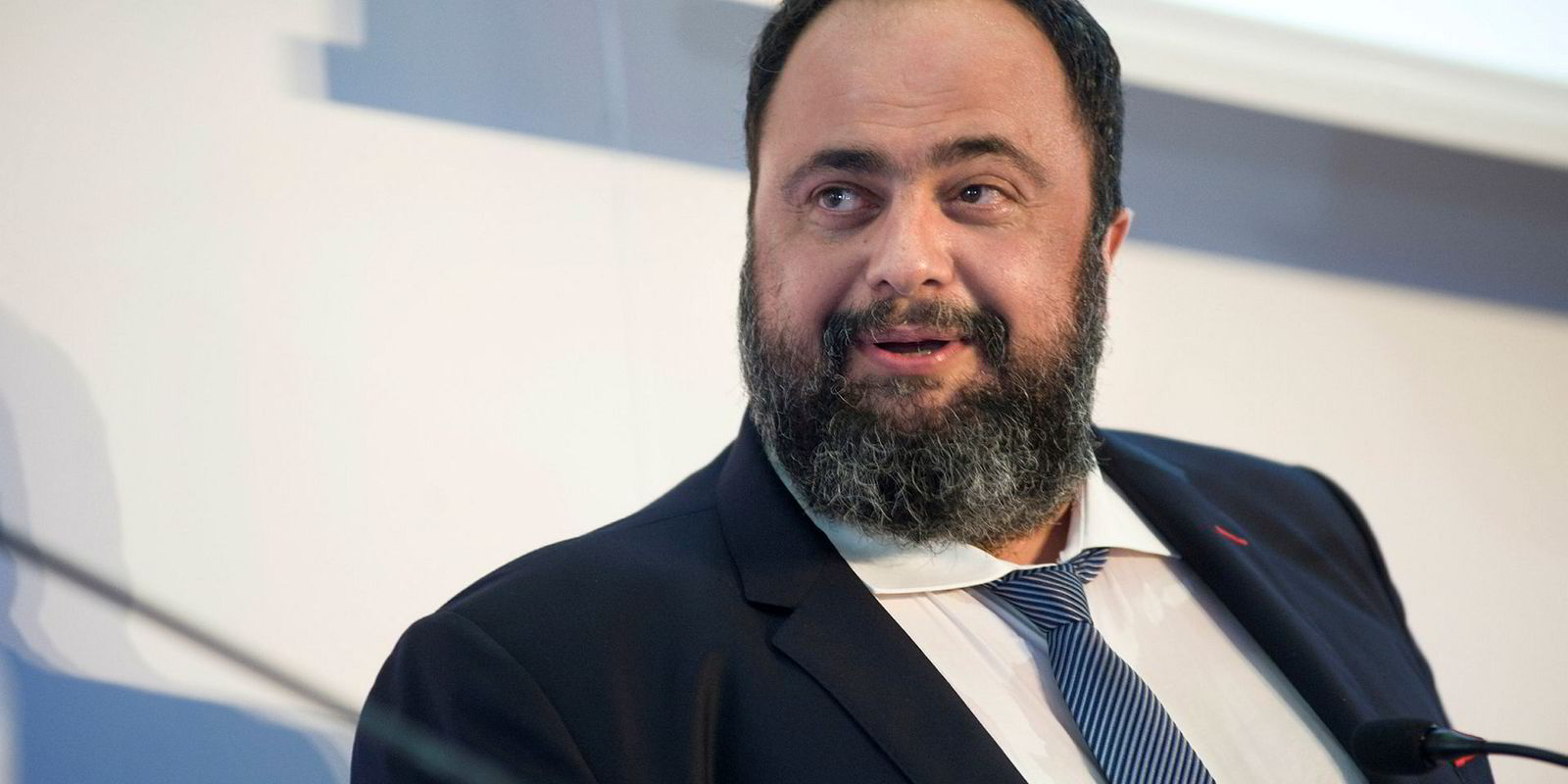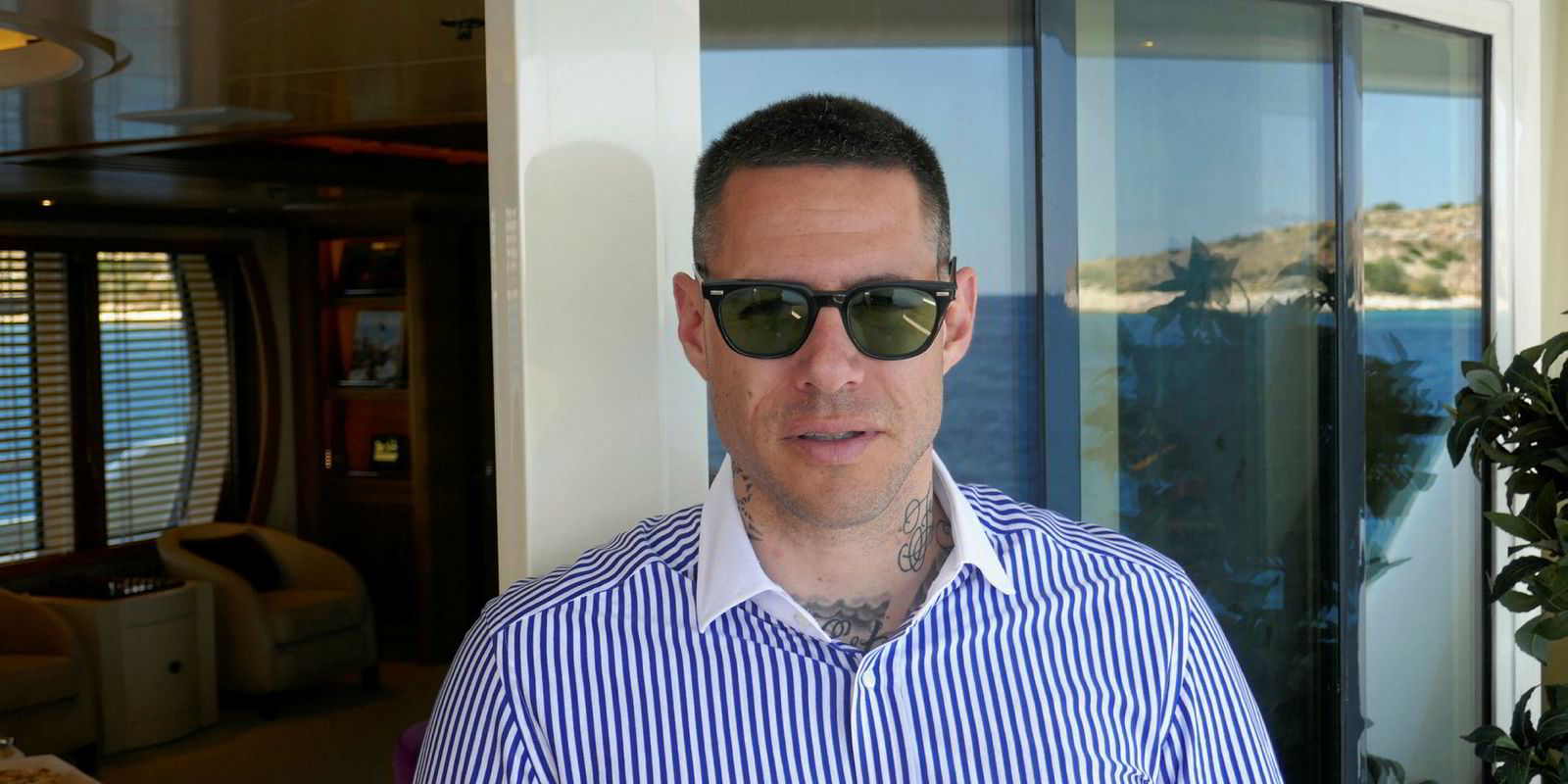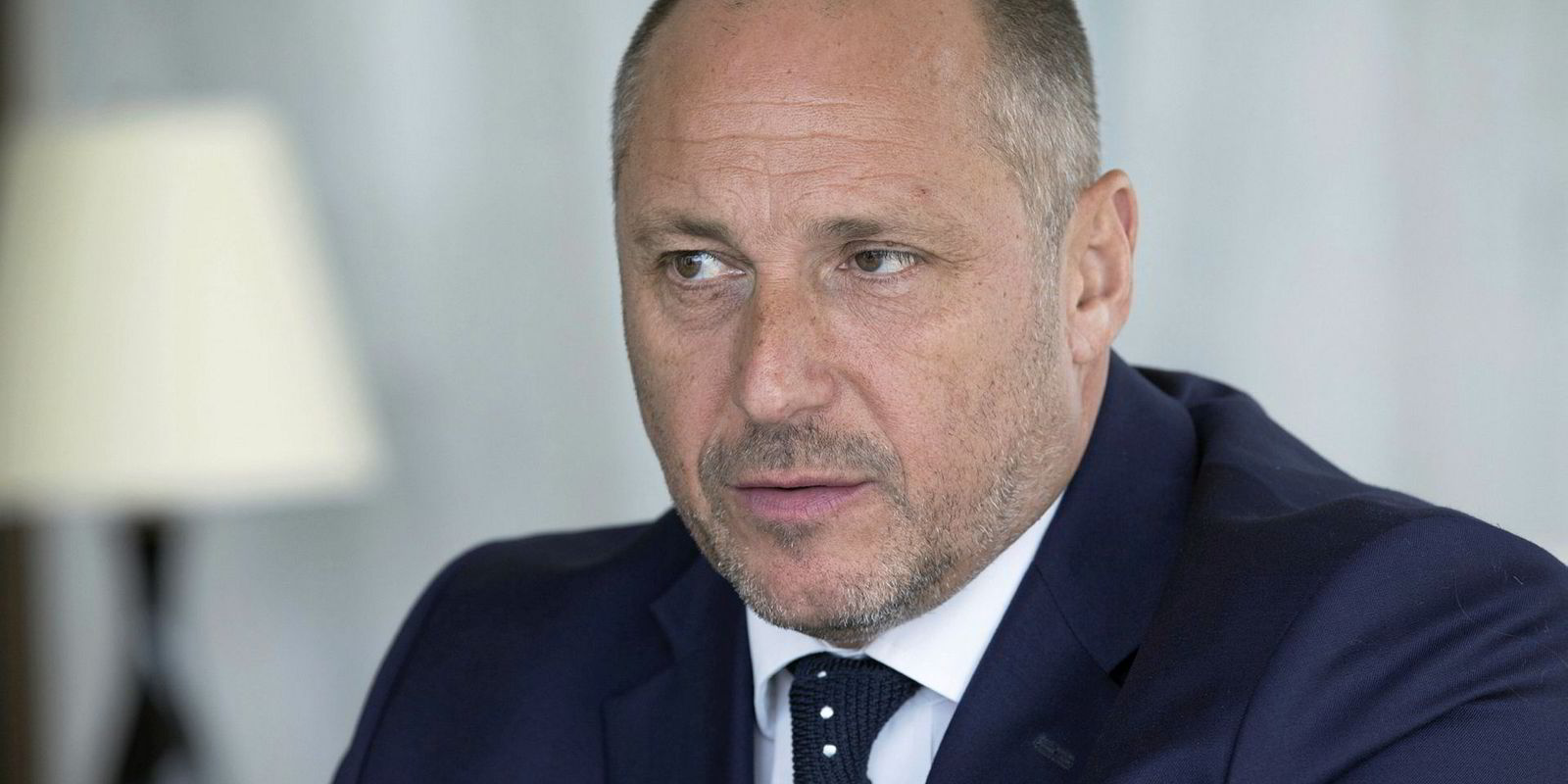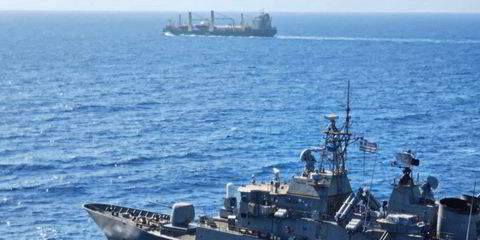Greek shipowners have rapidly grown their interest in the LNG shipping market amid strong prospects and an expansion of spot business, new figures from Clarksons show.
Both existing and new players from the world’s number one shipowning nation and elsewhere have contributed to the ordering of almost 100 LNG carriers in the past 18 months.
It comes with LNG rates in the midst of a recovery and a long-term trend that has seen independent shipowners take a greater slice of a business historically controlled by oil majors, industrials and utilities companies.
Clarksons analyst Sarah Holden said a record 77 LNG carriers were ordered in 2018 at a cost of $12.7bn, with a further 30 added to the orderbook so far this year.
She said the orders have come against a backdrop of a changing world energy mix with the long-term outlook for the LNG sector appearing positive.
Greek owners have been the prime movers, according to data from Clarksons.
While just 16% of the trading fleet is in Hellenic hands, behind the 20% share boasted by Japan, Greek shipowners have a 42% slice of the sector’s newbuildings, according to the shipbroker’s annual LNG Trade & Transport report.
South Korean yards dominate the orderbook, with an 86% market share of the 107 LNG vessels in the backlog.
DSME has the largest portion of those orders, with 36 LNG vessels at the start of June.
Of the 18 LNG ships booked at the yard last year, 50% of the capacity was inked by Greek owners Alpha Gas, Maran Gas Maritime and Minerva Marine, Clarksons said.
Samsung Heavy Industries sits in second spot with 32 LNG vessels, with Greek owners accounting for 63% of new LNG capacity at the yard in 2018, the report said.
Major clients were Cardiff Marine, GasLog and Minerva Marine.
Hyundai Heavy Industries has 17 LNG carriers in its own backlog, with Greek owners Cardiff Marine, Thenamaris, Capital Gas and Latsis company Latsco among its major clients.
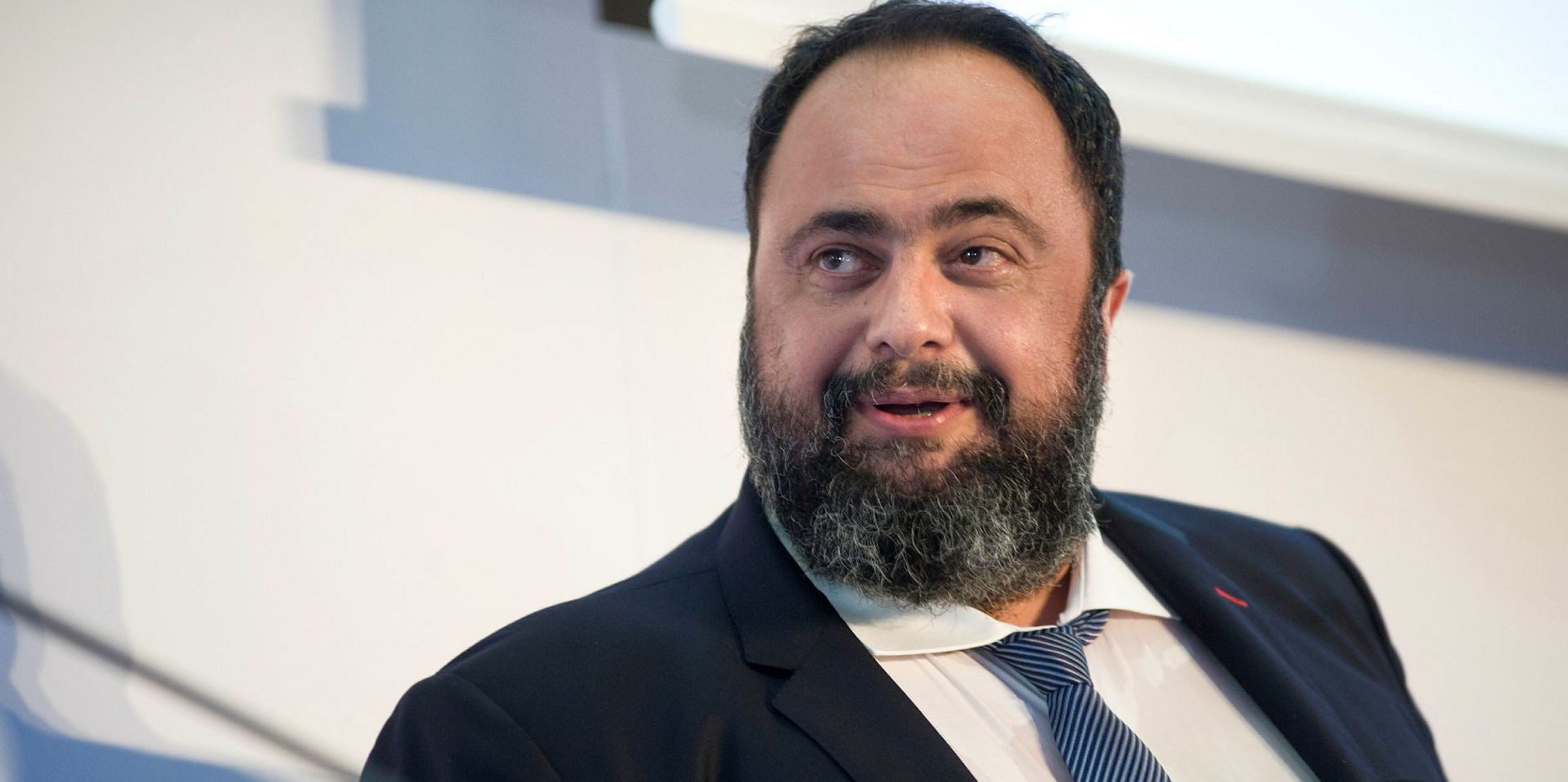
Holden said the LNG fleet now totals 574 ships and will grow by 6.7% per year in capacity terms in 2019 and next year, which she noted is more than double the projected rate of expansion in the oil tanker fleet.
“Growth in the LNG carrier fleet is projected to remain relatively firm in the short term, at 5.6% in 2019 and 6.9% in 2020 in terms of capacity, with deliveries projected to reach 5.2 million cubic metres this year and 6.8 million cubic metres in 2020,” Clarksons said.
“Most of the deliveries expected in the short-term are already committed but deliveries of some uncommitted units could pick up in the early 2020s.
“Looking further ahead, the large number of potential project developments looks likely to drive significant LNG carrier fleet expansion into the medium to long-term.”
Historically, the LNG shipping business has been dominated by long-term contracts but as the market had grown traders have increased their role.
In 2018, Clarksons said 32% of LNG volumes were delivered on a spot or short-term basis, up from 27% in 2017 and 3% in 2000.

At the same time, independent shipowners have forced their way into the space.
At the beginning of June this year, the global LNG carrier fleet was placed at 570 vessels in the hands of 96 owners.
“Independent public companies account for 41% of the LNG carrier fleet in numerical terms as of start June 2019, the largest share of any owner type,” Clarksons said.
“Meanwhile, the share accounted for by oil majors, industrials and utilities companies has declined in the last 10 years, from 32% in numerical terms as of June 2009 to 14% as of June 2019, with the independent private companies’ share increasing from 18% to 31% in the same period.”
Holden said the list of future export projects shows the LNG sector’s significant growth potential.
“By mid-2019, there was 428 mtpa [million tonnes per annum] of existing liquefaction capacity, with 93 mtpa under construction and 313 mtpa at the FEED stage, with most projects under development in the US, Qatar, Russia and Africa,” she said.
